SUMMARY
This is AI generated summarization, which may have errors. For context, always refer to the full article.
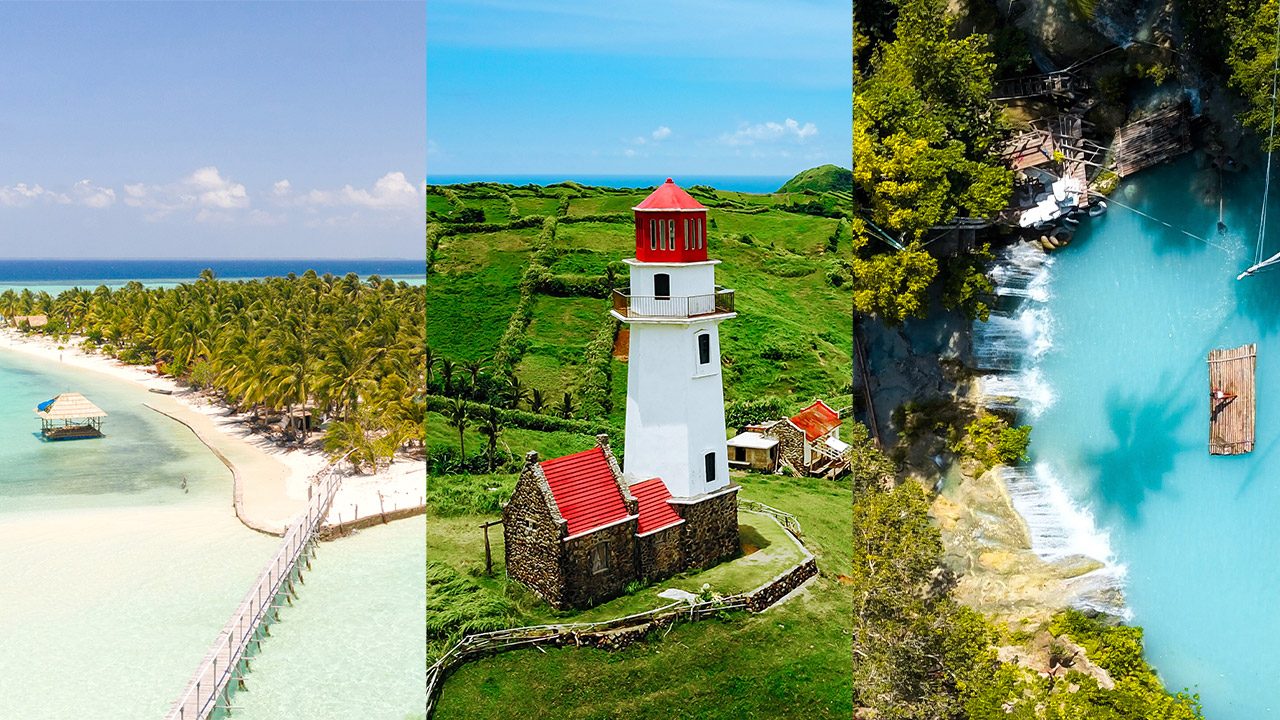
SAN FERNANDO CITY, Philippines – Getting from point A to B is never easy in the Philippines, where even an 8-km drive can mean sitting for hours in traffic, where a complex transportation network is in desperate need of a Viber coordination chat, and where an eternal cycle of roadworks guarantees potholes and blocks at every turn.
Thankfully, with over 7,000 islands, there are many destinations that make all the inconveniences worth it. For intrepid travelers, the difficult journey might even be part of the fun.
We asked Rappler’s wandering readers about what they thought were difficult places to get to but were absolutely worth the hassle. Here are just some of their suggestions – plus tips on how to get there, if you’re willing to brave the journey yourself!
Balabac
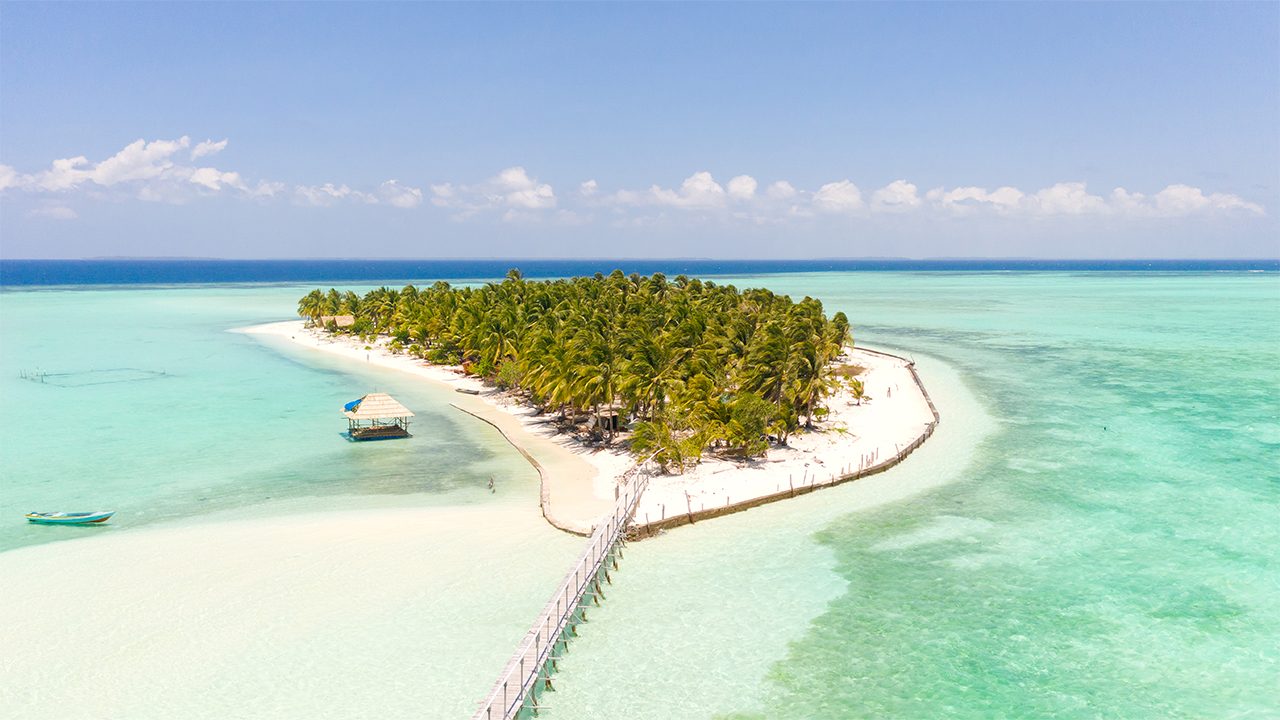
Located in the southernmost area of Palawan, Balabac is closer to Sabah, Malaysia than it is to the rest of the country – and you’ll feel it when you get there, with Malaysian goods being sold in town and the Molbog locals speaking a language similar to Malaysian dialects.
Wanderwalkers, a tour operator specializing in trips to Balabac, warns on their website: “This trip is NOT A LUXURY TOUR where everything is comfortable and itineraries are fixed!” – and they weren’t lying.
To get to Balabac, you need to catch a flight or ferry to Palawan’s capital, Puerto Princesa City, and from there, take a six-hour van ride to Rio Tuba. From there, board a passenger boat and travel another three or four hours on the open sea.
Exploring Balabac is also quite inconvenient – the main mode of transportation to go sightseeing is by boat, so you’ll need to rent one out for the day, or join a group to split the cost.
There are no resorts, convenience stores, or ATMs either, and cell signal is spotty, so travelers need to be mentally prepared to rough it out for a few days.
Once you’re there though, the unique local culture, rich marine life (as in dolphins!), and immaculate beaches will restore your energy after the exhausting voyage.
Batanes
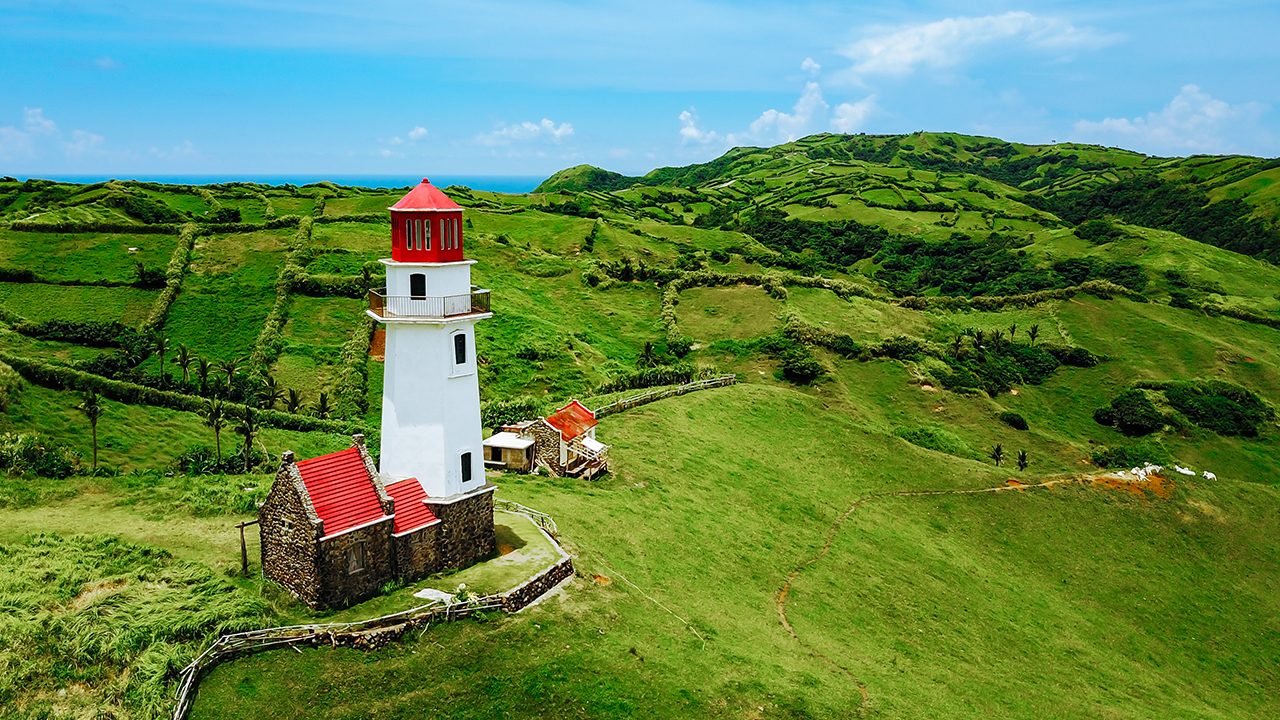
With its stone houses, rolling hills, and it’s isolation from the rest of the country, this province in the northernmost part of the Philippines has an air of mystery that just draws people in, no matter how challenging it may be to get there.
The only way to get to Batanes as a tourist is by plane, via Philippine Airlines or Skyjet Air. Flights are also notoriously pricey, and there are only a few months in the year where the weather is good enough that you are guaranteed to fly in and out as scheduled.
The biggest hindrance for getting to Batanes at the moment is the pandemic – since COVID-19 hit, the province has been closed to tourists, anyone who does enter the province is still required to quarantine upon arrival.
Calaguas
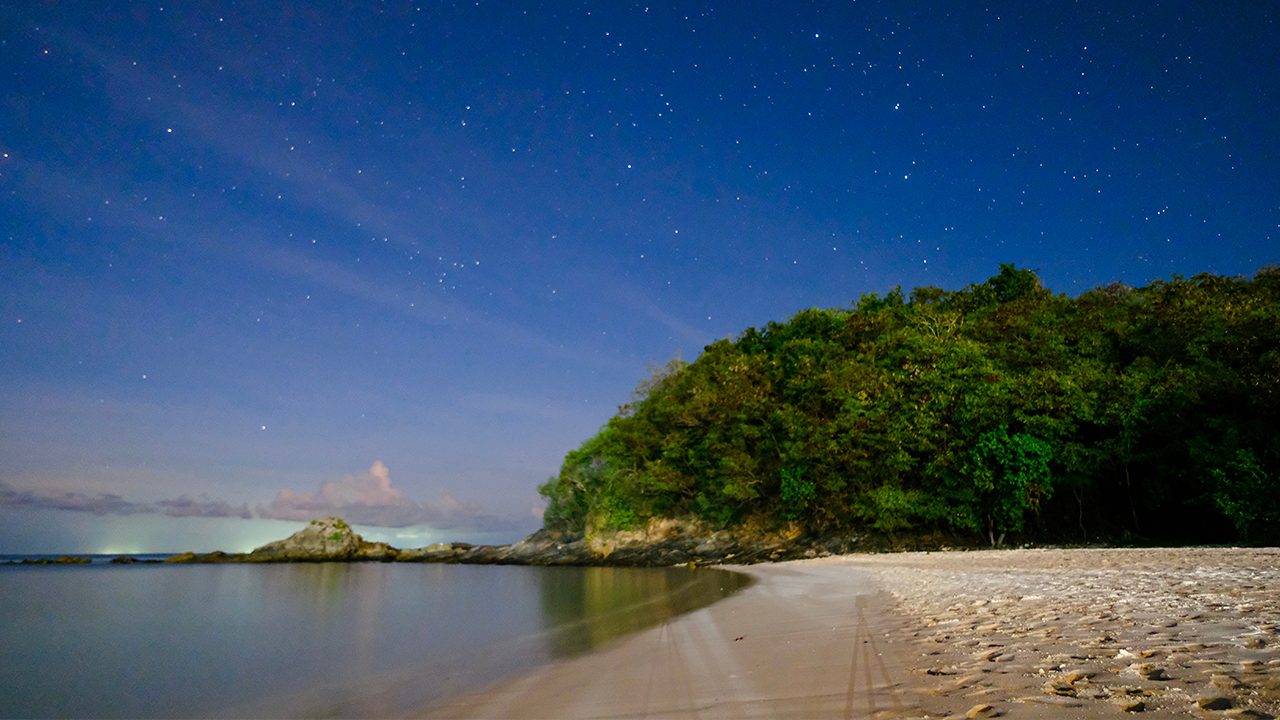
A pristine beach and brilliant blue waters are the main draw to this island in south Luzon. It’s often touted as “the next Boracay,” but its rawness and calm sets it apart from mainstream Bora.
As calm as the island may be, the journey there is another story. If you’re traveling by land from Manila, it takes some 10 to 12 hours – first, an eight-hour bus ride from Cubao to Daet, Camarines Norte, then a quick jeepney ride to Paracale or Vinzons port. If you want to cut your travel time drastically you can opt to take a flight to Naga, and from there travel two hours to Daet.
If that sounds easy enough, the last bit of the journey to Calaguas is a two-hour boat ride to the island – and it’s no smooth sailing either. Prepare to face mighty waves and rough waters that will make you wonder why you decided to make the journey in the first place.
That question will be answered once you come into view of Calaguas Island, and again once you snorkel in its gin-clear waters. To make the journey really worth it, you can even stay the night by renting a kubo, pitching a tent, or maybe even sleeping right on the beach, under a canopy of stars.
Cresta de Gallo
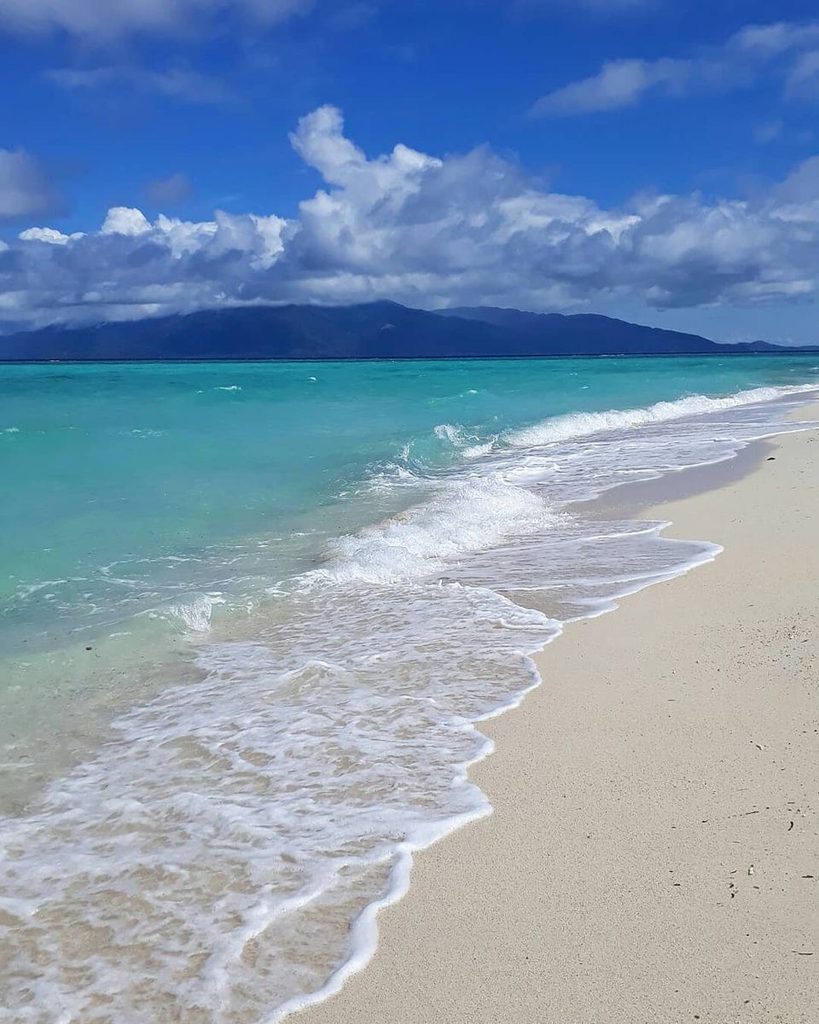
Cresta de Gallo is a small island in the Romblon region, with a white sandbar rising from aqua blue water. It’s mostly uninhabited save for the caretakers, so if you make the effort, you can have this island paradise all to yourself, for a few hours, or even for a night.
It’s not going to be easy though. To get there you first need to get to Tablas Island. There are a number of ways you can do that: take a flight from Manila (one hour), take a ferry from Batangas port (seven hours), or take two ferries from Caticlan (three hours).
Once you get to Tablas, you need to take a tricycle or jeep to the San Agustin port (depending on where you are in Tablas this can take a few hours), and take another ferry to Romblon Island (two hours).
From Romblon, you take another ferry to Sibuyan Islands (two hours), and from Sibuyan you take a passenger boat to Cresta de Gallo (one hour). If you wanna do away with all the boat transfers, there is also a direct ferry that goes from Batangas to Sibuyan, but it takes about 12 straight hours.
That final boat ride to Cresta de Gallo can get particularly rough depending on the season. Because the island is in the middle of the sea, prepare to pass through dark waters and charge through huge waves (dry bags are a must).
The island is so raw that there are no structures, electricity, or fresh water – only a small hut for the island’s caretaker – and enough natural beauty to make you cry. You need to prepare a lot for Cresta de Gallo, but the ROI is definitely high.
Sagada
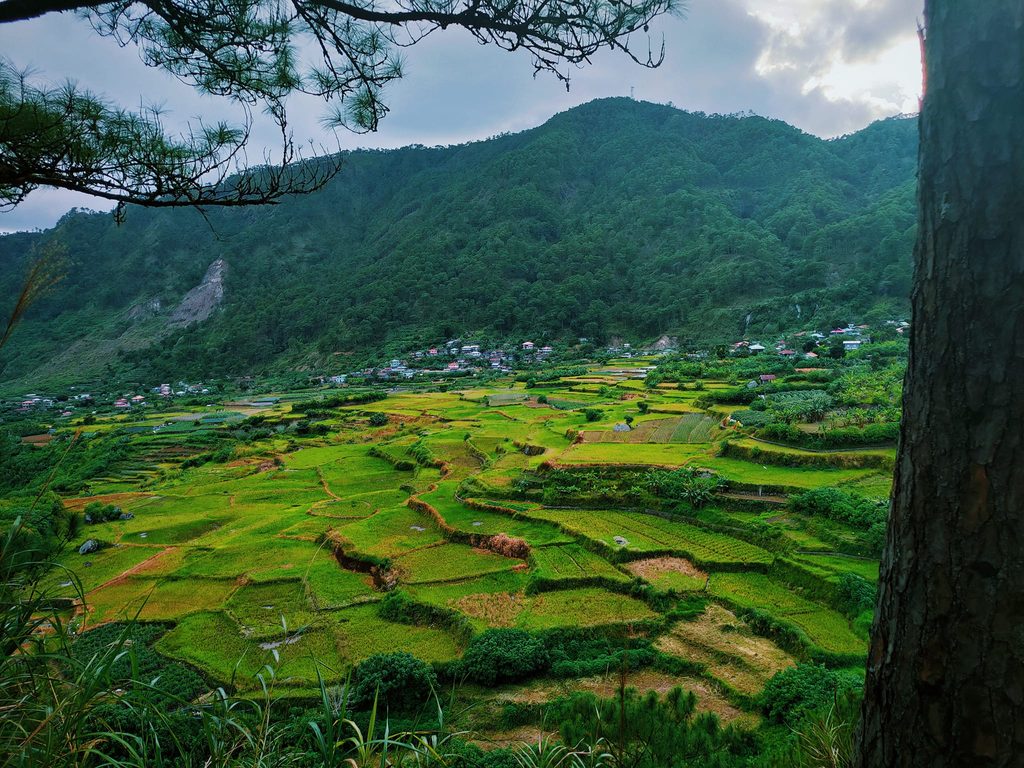
The journey to Sagada sounds pretty straightforward – you can take a six hour bus ride from Baguio or a four hour bus ride from Banaue. Easy right?
Except the road to Sagada can get narrow, winding and rough, so prepare to spend at least a few hours being extremely uncomfortable and maybe even fearing for your life. If you get motion sickness, make sure to have a sickbag and medication with you.
Once you get to Sagada though, you will not run out of sights to see and things to do – check out creepy caves or the famous Hanging Coffins, view the sunrise at Kiltepan viewpoint, or drink in the sight of rice terraces.
Siquijor

Getting to this mystical island in Central Visayas sounds deceptively simple. Fly to Dumaguete (or take a bus, if you’re coming from Cebu), then take a tricycle to Dumaguete port.
From the Dumaguete port, you can take a ferry to Siquijor. Depending on the type of seacraft, it can take between 1 to 2 hours.
There aren’t many transfers you need to take to get to the destination, but the real challenge, according to those who’ve traveled there recently, is lining up for transfer tickets and figuring out the ferry schedules, which aren’t always aligned with flight arrivals, and seem to change by the hour. Your patience will be tested as you deal with messy queues and last-minute rules and requirements.
Thankfully, Siquijor has a lot to offer to visitors, and you can enjoy days full of little adventures to take away any stress you had from the journey.
You can enjoy natural wonders like the Cambugahay Falls, the Tubod marine sanctuary, or the butterfly sanctuary. You can catch some sun at one of its several beaches, see historical sites like the Lazi Convent or old churches, or you can lean into the island’s mysticism by visiting the old Enchanted Balete Tree or getting hilot or potions from a healer.
Wherever you decide to go, these six destinations are proof that the most beautiful places are often the hardest to reach – and there are more of them to be discovered in this archipelago we call home.
If you’re curious and brave enough, you’re sure to find even more hard-to-reach places to fall in love with, one long, bumpy journey at a time. – Rappler.com
Travel to Instagram-worthy destinations in the Philippines using this Klook promo code.
Add a comment
How does this make you feel?
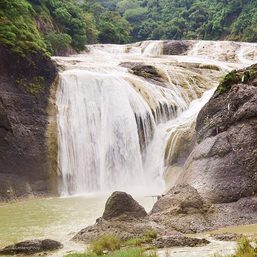
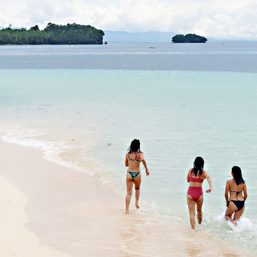
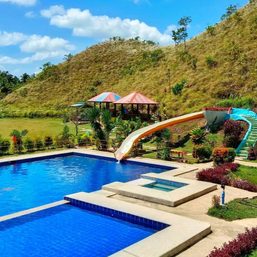
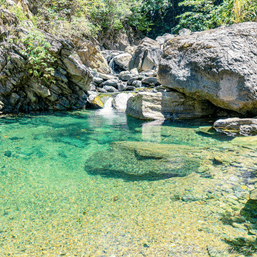
There are no comments yet. Add your comment to start the conversation.